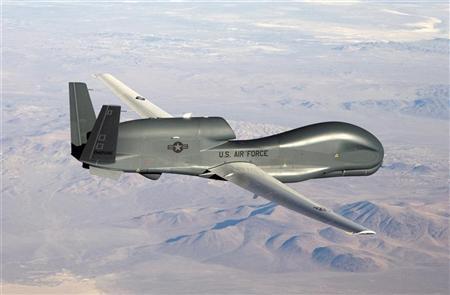
Last week Yemen President Abdo Rabbo Mansour Hadi authorized the biggest military operation to date against al-Qaeda positions across several provinces: Abyan, Shabwa and al-Bayda. Over two days (April 20-21) al-Qaeda militants and its training camps became the target of an intensive airstrike and large ground operation, in which an estimated 55 to 60 militants reportedly died.
As the dust settles in Yemen, journalists have become uneasy as officials have refused to clearly identify which alleged terror militants were actually killed, despite having brazenly declared that several high security targets, among whom, Nasser al-Wuhayshi and Ibrahim al-Asiri, had perished in the airstrike earlier this week. Seven days after Yemen’s alleged victory against al-Qaeda, no tally of the dead has been given.
With more questions than answers, many media have come to doubt that any senior al-Qaeda was indeed taken down by the armed forces.
Rooj al-Wazir from Support Yemen, an independent media collective, opened up to The Dissenter in an interview, warning that Yemen officials version of events might not be a clear reflection of what really happened on the ground.
She noted, “Unfortunately, our government is saying pretty much what the US government wants to hear, which is that 55 militants were killed over the weekend in southern province of Yemen. What you’re not hearing is that included in these 55 are civilians. What you’re not hearing are the names of people who were killed.”
And indeed earlier this week the Bureau of Investigative Journalism reported that several civilians had been mistakenly targeted.
“The Ministry of Interior in particular has come out and claimed that the strike in al Bayda, south of the Yemeni capital, killed ten militants and he actually for the first time acknowledged three civilians were killed. In Marib and Shabwa they claimed that over 23-30 militants were killed. When asked who they were, when asked who their names were and if any investigations have happened, they don’t comment. They’re still saying that they are doing DNA tests and etc,” noted al-Wazir commenting on the lack of transparency.
Raising a point which many journalists have come to wonder about, al-Wazir said, “What’s interesting about these particular air strikes that happened over the weekend is that this is the first time that we actually saw special operations on the ground, meaning when air strikes had happened in the past in Yemen air strikes are usually just laying there. No investigations are happening ever. This is the first time where the military came after the air strikes and picked up the dead bodies. So this is what’s really getting us activists and journalists, etc, people we question what happened this time around.”
Unless state officials can soon confirm that Yemen’s last military anti-al-Qaeda operation resulted in taking down the terror group’s leadership, it is likely more Yemenis will challenge the state’ s counter terror strategy and demand that drone be permanently grounded.
To add to the sense of ambiguity surrounding April’s grand strike, state officials have refused to confirm whether or not the airstrike was in fact a drone strike, thus confirming US involvement.
With more questions than answers to be have local media have much to speculate on, tuning in directly into anti-drone activists’ narrative.
Should it turn out that April’s operations led to the unwarranted death of civilians (more than the three casualties the government already admitted to) Yemen coalition government would have only proven what experts, among whom Gregory Johnsen and activist like al-Wazir have saying all again.
“The Yemeni government is trying to combat terrorism by allowing US drone strikes in Yemen and the response by al Qaeda and other militant groups has been to strike back with military assassinations, targeting specifically the military. They’ve been really strategic at who they kill. They’ve been able to win the hearts and minds of large amounts of communities all around Yemen by not targeting civilians … What we’re seeing in Yemen is entire populations forced to live under fear, forced to live in between the terrorism of the state and the terrorism of al Qaeda.,” she told The Dissenter.